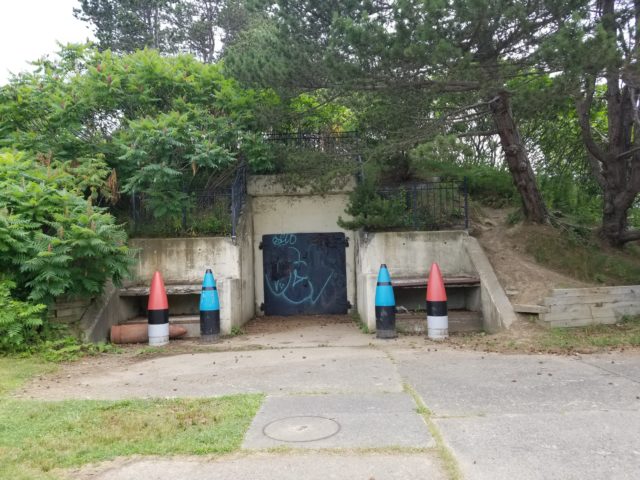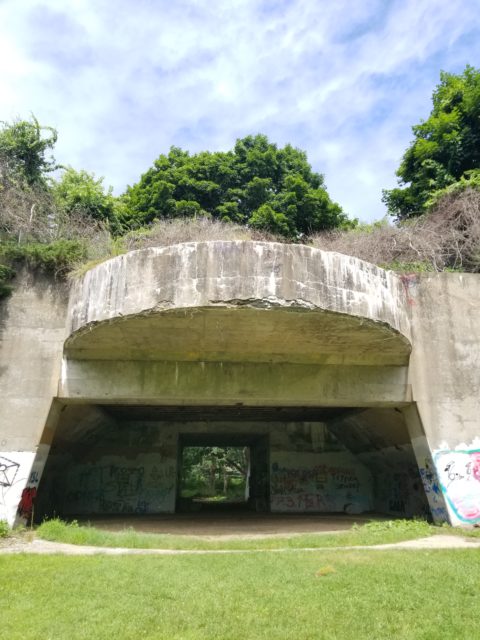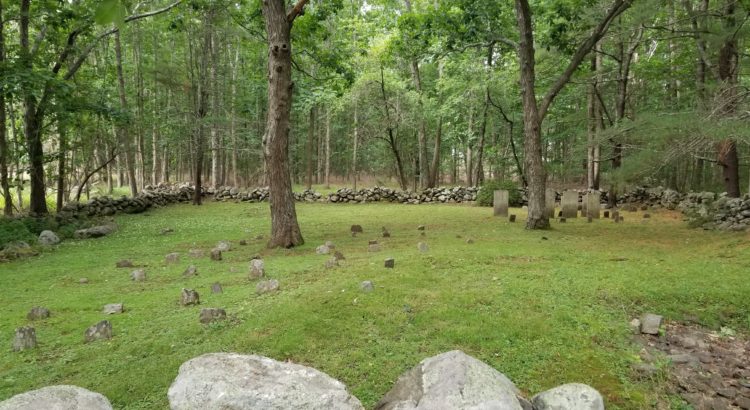By Molly Ryan, SCA Interpretive Ranger for Bear Brook State Park, Wallis Sands State Park, and Odiorne Point State Park.
Odiorne Point State Park is one of New Hampshire’s lesser known treasures. Most people who visit the park do so to see the sea creatures at the Seacoast Science Center, a non-profit located in the park. However, within the park itself there are countless stories spanning from the very first settlers of New Hampshire to current environmental challenges.

First settled by Europeans in 1623, the land that is now Odiorne Point State Park was mostly farmed starting in 1660. The Odiorne family would own the majority of the land for almost 300 years, until the start of World War II.


During the 1800 and 1900s, land closer to the water was sold off and converted to mostly vacation homes and family residences. In 1942, as the U.S. was entering World War II, there was a concern that German U-Boats would attack Portsmouth Harbor. As a way to mitigate this risk, the U.S. government commandeered Odiorne Point, razed all but two buildings, and built bunkers along the shore, completely changing the landscape of the area.

Two casemates (bunkers) were built in Odiorne, which you can still visit today. The smallest of the two, Battery 204, had two 6 inch guns mounted on either side of the bunker. These guns could fire 138 pound shells over 15 miles out to sea.

The second, and largest bunker, is the Battery Seaman. This bunker was home to two 16 inch guns. Only fired once in a test firing, the shock wave from these guns was said to shatter nearby windows and was felt all the way in Kittery, Maine. Recently, all entrances into the bunker have been firmly sealed due to safety concerns and for the protection of endangered bats who have made the bunker their home.

Bats are not the only new additions to the park thanks to the bunkers’ being built. In 1942 after building the bunkers, the military needed to cover these huge fresh mounds of dirt so as not to draw suspicion. They fixed this problem by, unfortunately, planting such invasive plant species as oriental bittersweet and buckthorn. Soon, these plants worked all too well and had covered much of the land and changed the landscape once again.

In recent years, much effort has been put into restoring the landscape at Odiorne. The Rockingham County Conservation District has partnered with NH State Parks to remove invasive plants and plant healthier native plants in their place. The change in landscape since this initiative started has been dramatic, opening up much of the land and allowing for beautiful, natural, views of the water.


While Odiorne has gone through many changes over the years, its beauty and cultural significance has held fast. Whether your interests lay in colonial history, military bunkers, native plants, or simply the beauty of New Hampshire’s coast, Odiorne has something for you.

Stop on by and experience all Odiorne has to offer!

